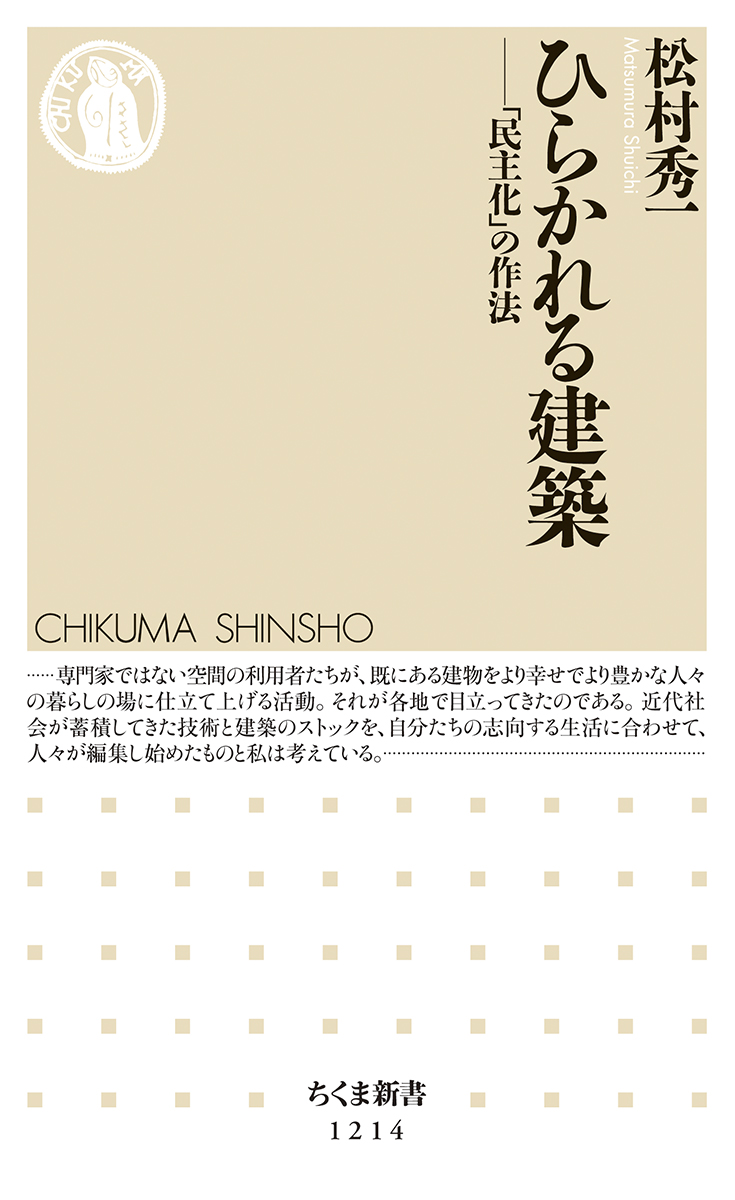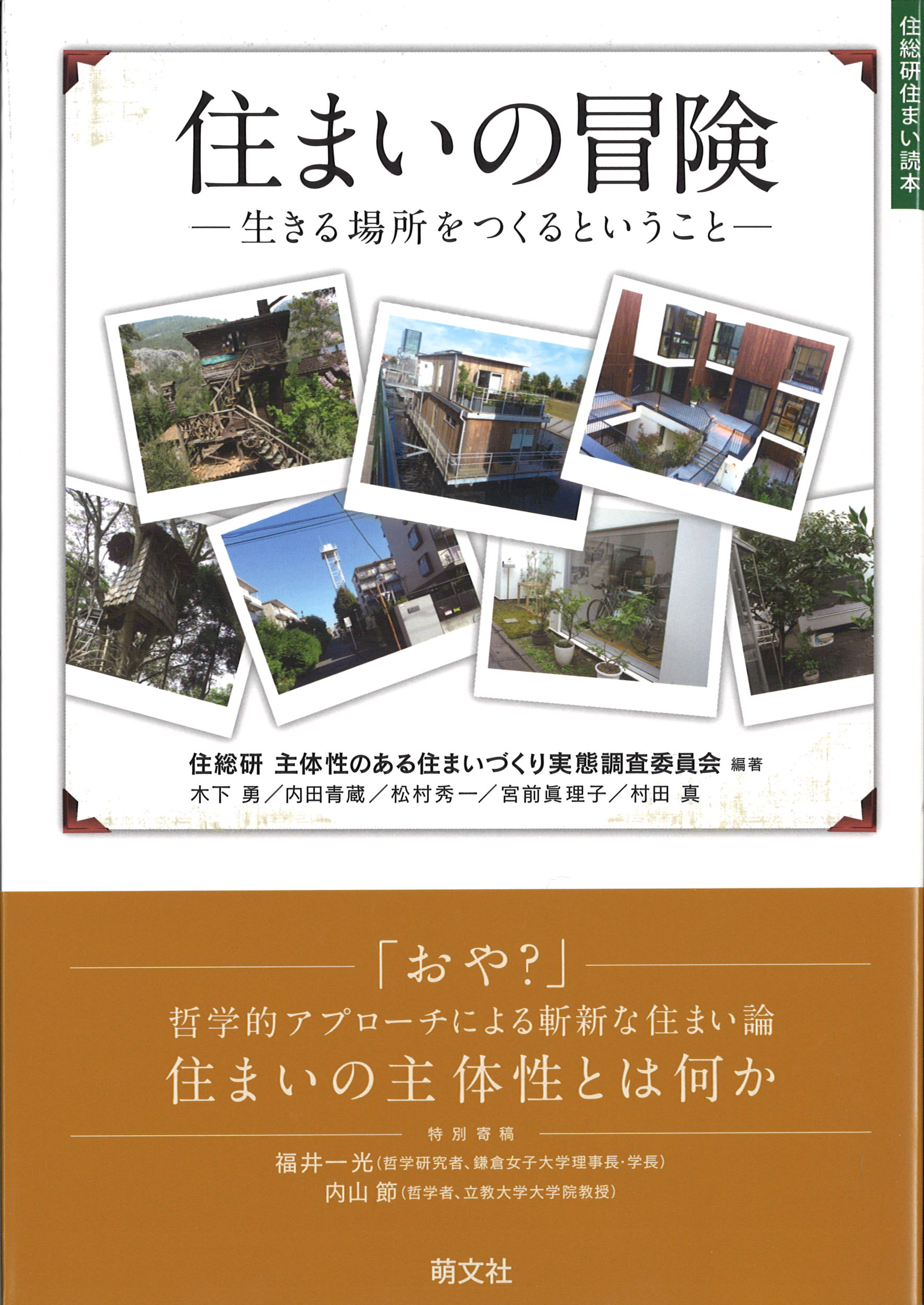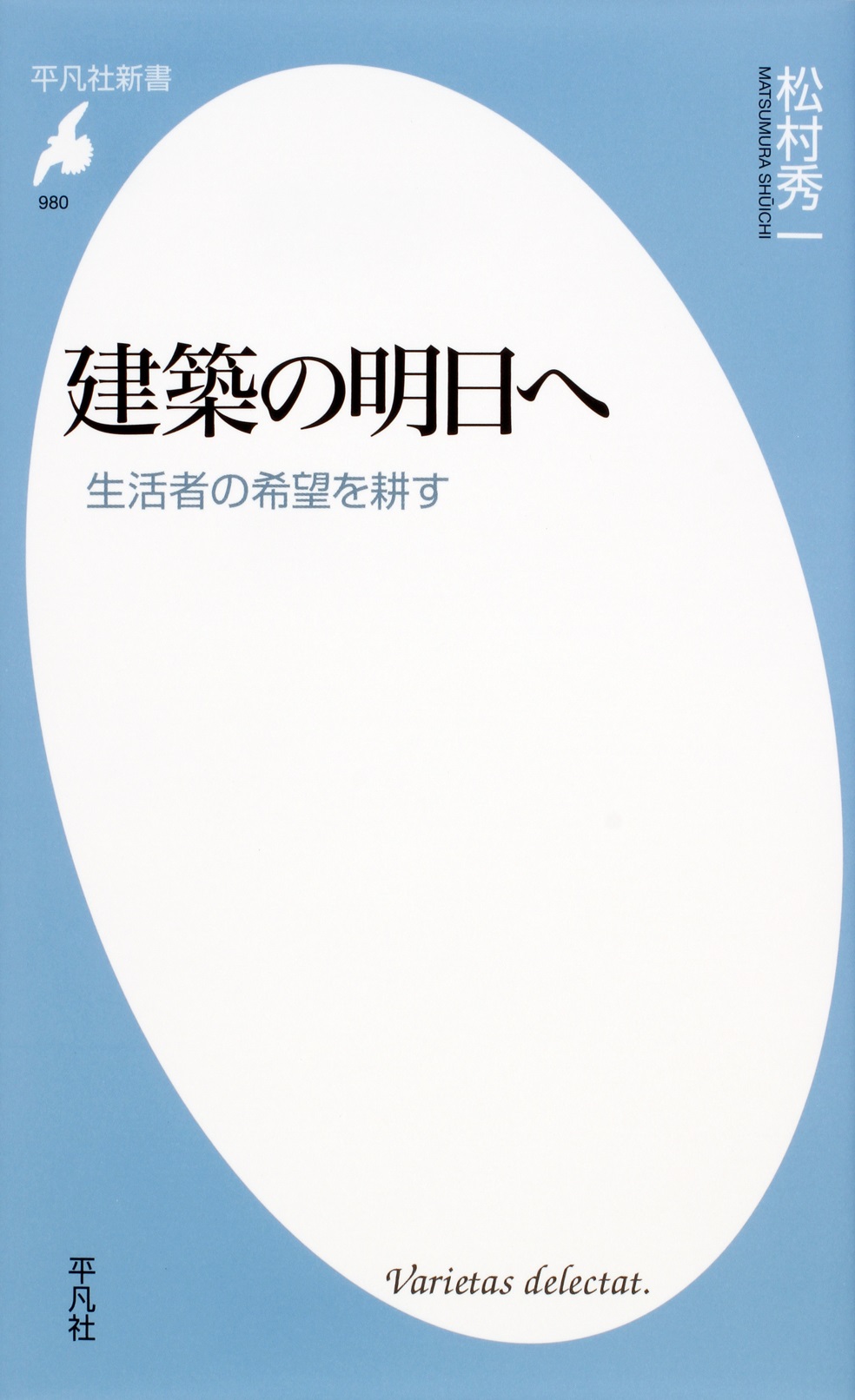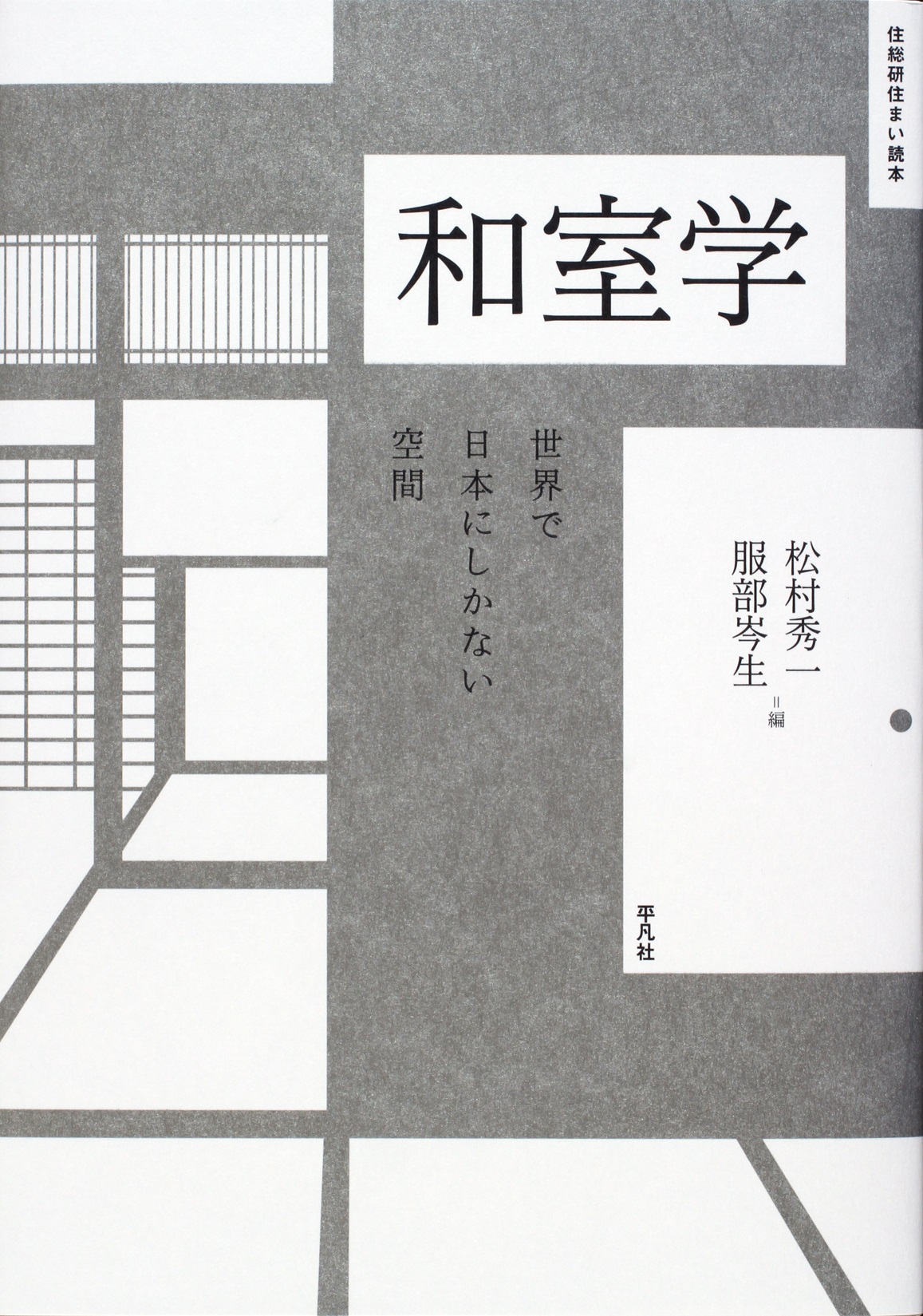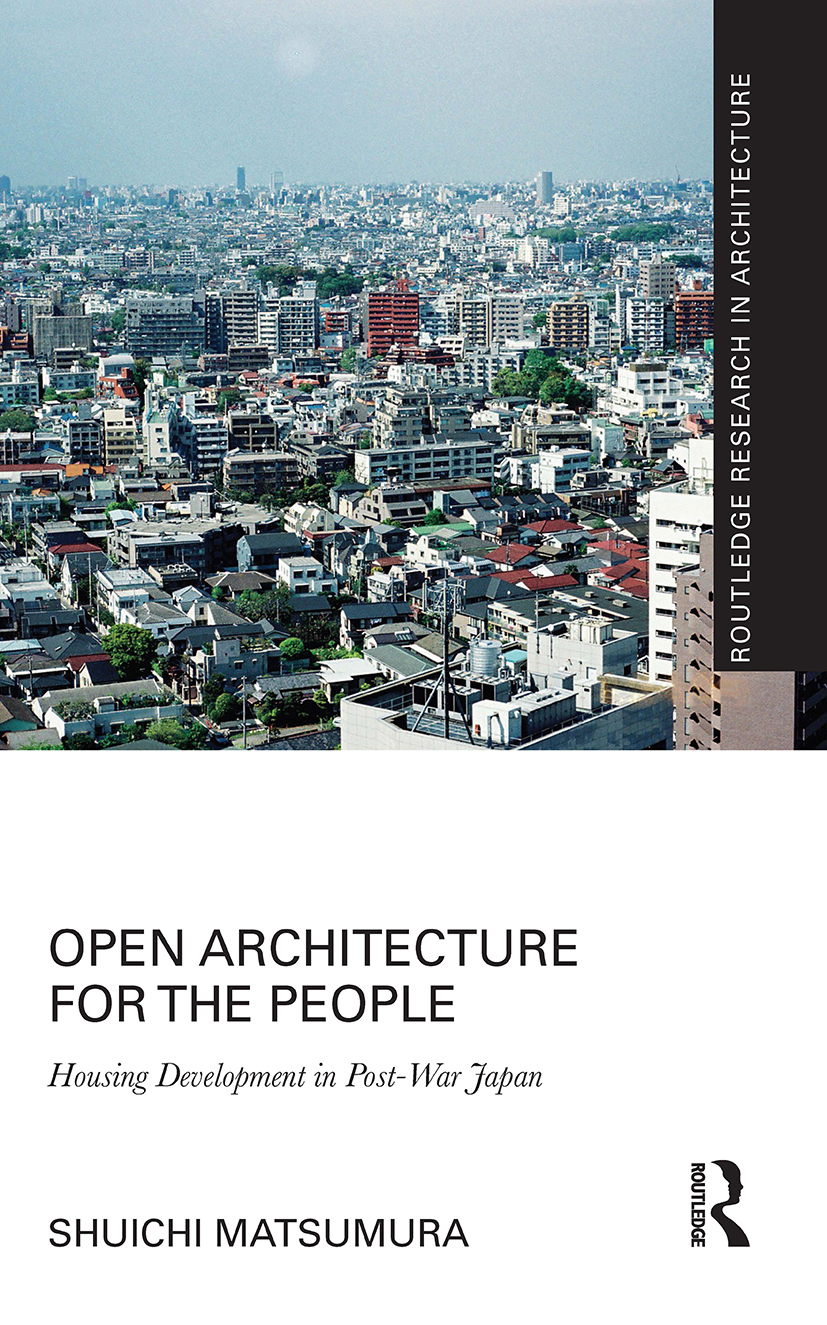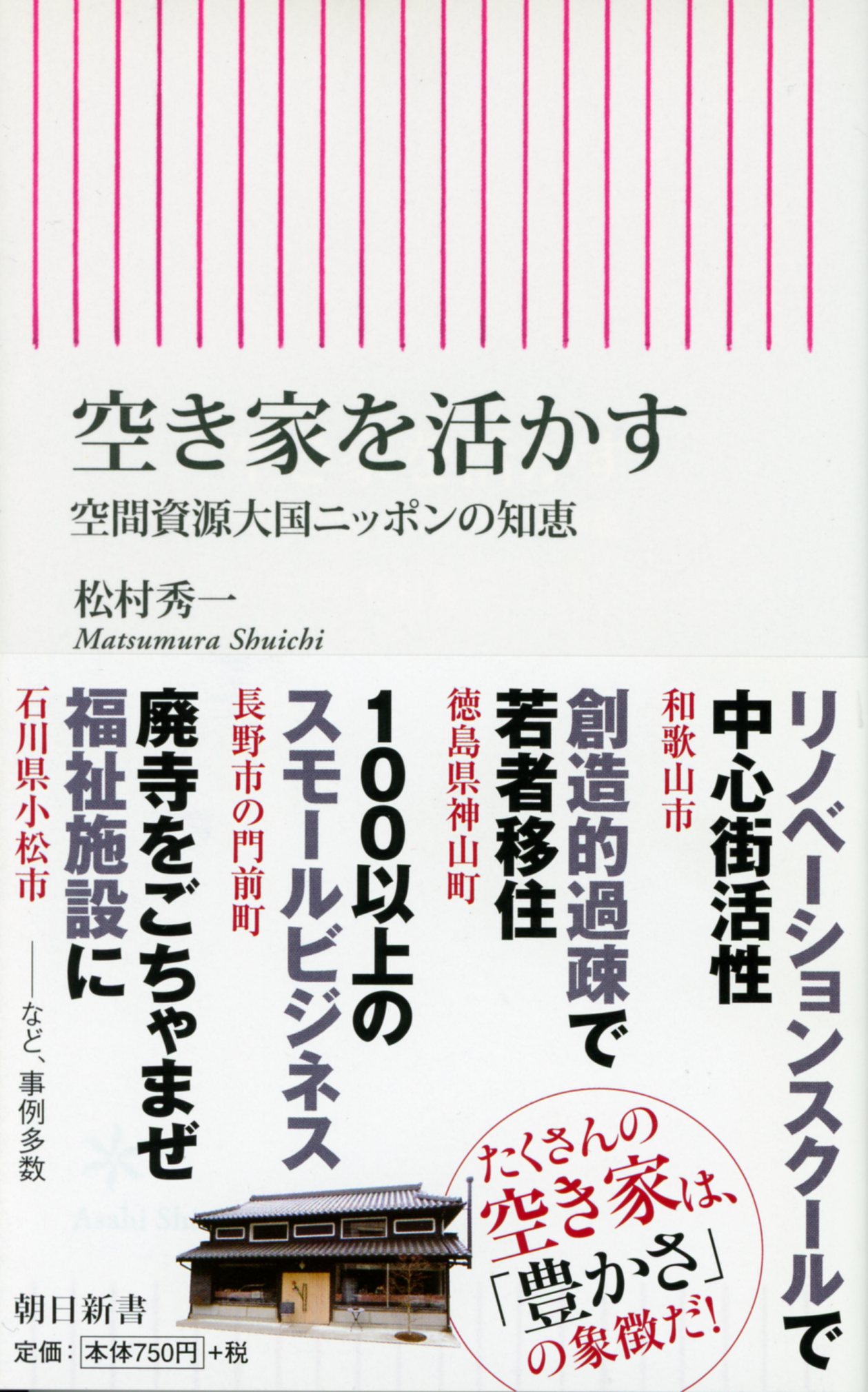
Title
Asahi Shinsho Akiya o ikasu (Utilizing empty houses - Wisdom of Japan as a nation with great spatial resources)
Size
192 pages, paperback pocket edition
Language
Japanese
Released
November 13, 2018
ISBN
9784022737984
Published by
Asahi Shimbun Publications
Book Info
See Book Availability at Library
Misc.
Out of Stock
Japanese Page
At the beginning of the rapid growth period, the total number of housing units in Japan in a 1963 nationwide census was only 21.1 million, which was less than the number of households (21.8 million) surveyed the same year. As such, there was still a shortage of houses and buildings. The same statistics gathered 50 years later in 2013 showed that the total number of housing units in Japan was 60.6 million, surpassing the total number of households (52.5 million) the same year by more than 8 million. In terms of numbers, there are enough houses and buildings in Japan, and empty houses and buildings are noticeable today. Again using housing units as example, as of 2013, Japan has 0.48 housing units per capita, which is significantly higher than the US figure of 0.42 units in the same year. In this book, we regard buildings that exist in more than sufficient numbers as our “spatial resources.” Judging from the above figures, it is not an overstatement that present-day Japan is a nation with great spatial resources.
This book deals with the novel relationship between people and buildings that exist in this country in their current form. That said, buildings have not largely changed from when they were built, unless they were rebuilt. Buildings built in 1963 stand with a trace of that time. On the other hand, people have changed a lot. The time of rapid economic growth, during which people lend themselves to a great story that can be shared by the whole of society, is gone, and we are living in an era in which each people find, enjoy, and live with a little story of him or herself or of a group of people. As people’s way of life changes as such, the relationship between buildings and people also changes. Buildings are left unoccupied. People start to discover the unique charm of each of these unoccupied buildings, which have long stood still in an insensitive manner, and think about using them as a “place” for their new way of life or as their “playground.” When people’s new way of life is infused into the insensitive buildings in this way, the potential of these buildings as a playground blooms.
It would be wonderful if such novel, delightful, and rich relationships between spatial resources and people can be seen across Japan. As pioneering cases of such novel relationships between buildings and people, this book takes up cases from Wakayama City, Kamiyama Town in Tokushima Prefecture, Tokyo CET Area, Nagano City, Fukuoka City, Okayama City, Komatsu City, and Zama City, as well as Shanghai, Taichung, and other cities worldwide to present how people renovate buildings, who these people are, what kind of buildings they renovate, their reason for renovating, and what they accomplish by renovating them. In so doing, the book explores the possibility of planning cities as places for living through new renovations.
(Written by MATSUMURA Shuichi, Project Professor, School of Engineering / 2020)



 Find a book
Find a book


 eBook
eBook